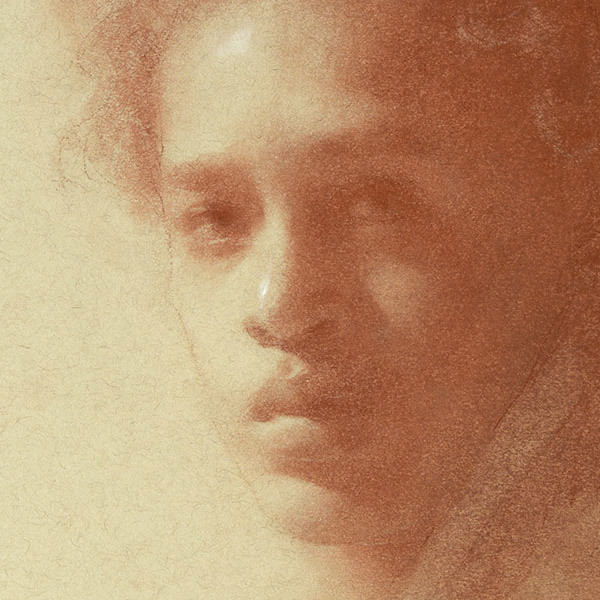The Expressive Figure Assignment
Concept: Value as Light and Form
Materials:
Materials
- Vine or Willow Jumbo Charcoal ( Generals, Coates, etc.), Graphite lead and holder
- Dry Media Sources: Hard Pastel sticks (NuPastel, Creatacolor, etc.) Conte Crayon, Stabilo Pastel Pencils or equivalent,
- Canson Mi Tientes toned paper or Strathmore toned 90 lb drawing paper 12" x 19" or similar Ledger or any similar 60 to 90 lb paper
- Faber-Castell Kneaded Eraser or Chamois cloth
Charcoal (Vine/Willow)Red Ochre/Sanguine (Pastel/Conte)Black ( Compressed Charcoal/Pastel)Ivory/White (Pastel/Conte)
Starting with charcoal, quickly and lightly sketch and draw a gestural mannikin of the pose with an emphasis on proportions and action. This mannikin is geometrically analogous to a "doll" with a peanut-shaped volume approximating the torso, cylinders for limbs and neck, and an ovoid for the skull. Orient the mannikin in space by drawing a "medial line" through the center of the front and back of the torso as well as the center and back of the neck and skull.
With the template of the mannikin pose as a guide, consider how the volumes of the "peanut", "cylinders, and "ovoid" describe the volumes "in space" and can taper as they move away from us and loom larger the closer they are to us. Be cognizant of this "in and out" spatial occupancy.
Once this lightly sketched gestural template is drawn, continue refining the drawing with an emphasis on integrating the light model into your workflow. We have been working with trois crayon and hatching as a template for our practice over the last three sessions. Now be cognizant of the light model( five planes of light) and integrate this concept into your workflow. Be aware of what form is illuminated and which part of the form is occluded. Be aware of how reflected light illuminates the shadow but not so much as to rival the illuminated form itself. Notice how the "camber" becomes prominent as you introduce reflected light.
Sketch at least three drawings demonstrating the volume through the use of hatching, and the light model with emphasis on cast shadows describing adjacent forms.

















































.jpg)
.jpg)
.jpg)
.jpg)
.jpg)
.jpg)
.jpg)



